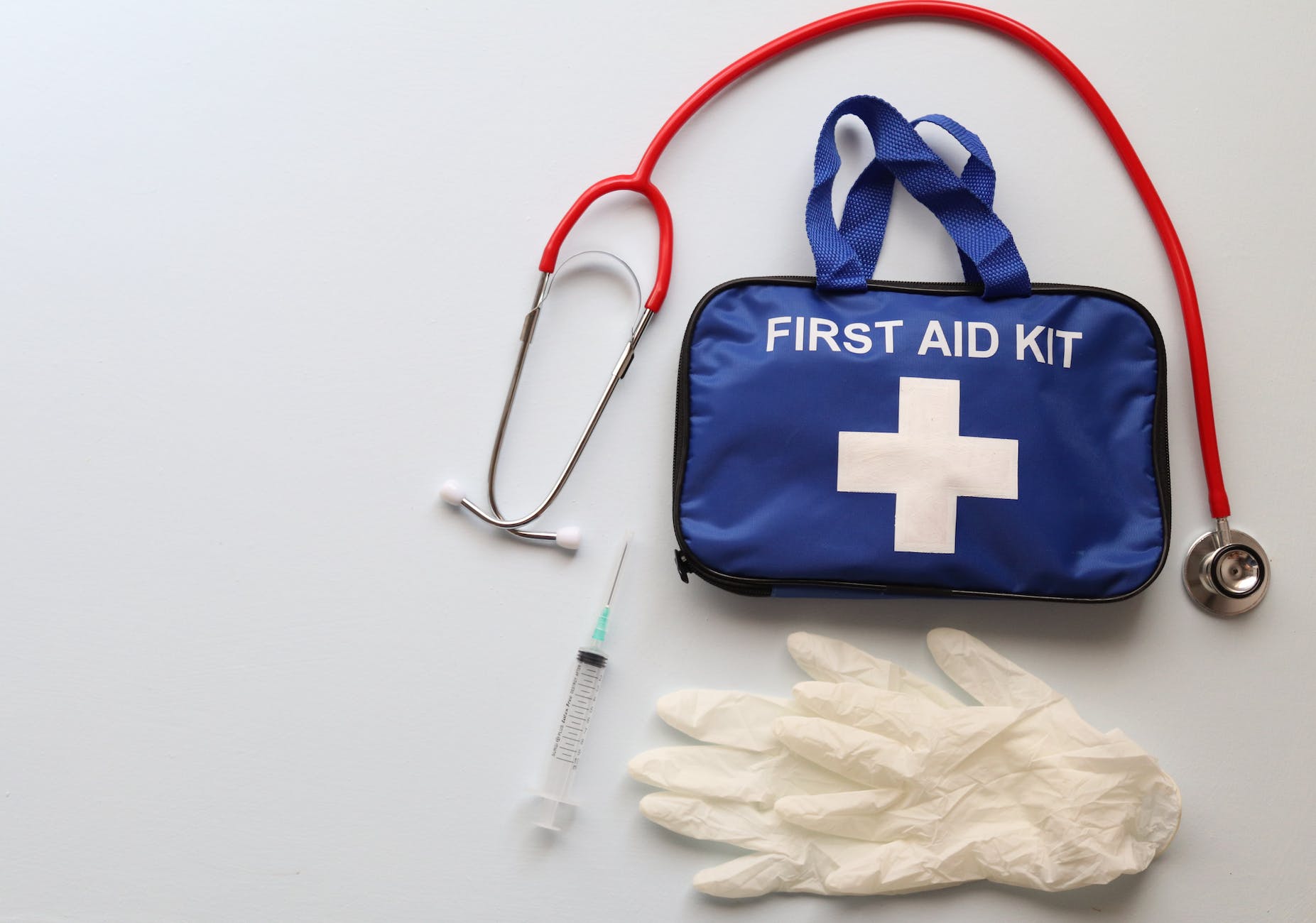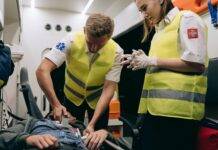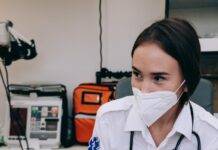
First Aid Guidelines: What You Need to Know
First Aid Guidelines : Accidents can happen at any time, and being prepared with the right first aid knowledge can make a significant difference in ensuring the safety and well-being of those in need. Whether it’s a minor injury or a more serious situation, knowing how to provide initial assistance can prevent further harm and potentially save lives. In this article, we’ll delve into essential first aid guidelines that everyone should be aware of.
Introduction
Accidents can occur anywhere, from the comfort of your home to the great outdoors. Having a solid understanding of first aid procedures is crucial to responding effectively in these situations. While professional medical help should always be sought when available, initial first aid can stabilize a victim’s condition and prevent worsening of injuries.
The Importance of First Aid Training
Acquiring basic first aid training equips you with the knowledge and skills to provide timely assistance. Many organizations offer first aid courses that cover a range of topics, from CPR techniques to wound care. These courses are especially valuable for parents, teachers, caregivers, and anyone who interacts with people on a regular basis.
Basic First Aid Supplies You Should Have
Before you find yourself in an emergency situation, it’s wise to have a basic first aid kit on hand. This kit should include essentials like adhesive bandages, antiseptic wipes, sterile gauze, tweezers, and adhesive tape. Keep the kit in a readily accessible location, and ensure that family members or colleagues know where it’s located.
Assessing the Situation Safely
Your safety and the safety of the victim should be your top priorities. Before offering assistance, ensure that the area is safe for both of you. If there’s any risk of danger, such as ongoing traffic or a hazardous substance, move to a safer location if possible.
Dealing with Common Injuries
5.1 Cuts and Scrapes
Minor cuts and scrapes can often be treated with simple cleaning and dressing. Wash the wound with mild soap and water, apply an antiseptic, and cover it with a sterile bandage.
5.2 Burns
For minor burns, cool the affected area under running water for at least ten minutes. Avoid using ice. For more severe burns, seek medical attention immediately.
5.3 Sprains and Strains
Rest, ice, compression, and elevation (RICE) are the key steps in managing these injuries. Immobilize the affected area and provide pain relief as needed.
5.4 Nosebleeds
Leaning forward slightly, pinch the nostrils together, and breathe through your mouth. Apply continuous pressure for about ten minutes or until the bleeding stops.
Cardiopulmonary Resuscitation (CPR)
CPR is a life-saving technique used when someone’s breathing or heartbeat has stopped. It involves chest compressions and rescue breaths to maintain circulation and oxygen supply.
Choking: What to Do
If someone is choking and unable to breathe or talk, perform the Heimlich maneuver by delivering upward abdominal thrusts. If the person becomes unconscious, start CPR.
Recognizing Allergic Reactions
Be aware of the signs of allergic reactions, such as swelling, hives, and difficulty breathing. Administer an epinephrine auto-injector if the person carries one, and seek immediate medical help.
Treating Insect Bites and Stings
Remove the stinger if present, clean the area, and apply a cold compress to reduce swelling. Over-the-counter pain relievers can help manage discomfort.
Heat-Related Emergencies
10.1 Heat Exhaustion
Move the person to a cooler place, have them rest, and offer fluids. If symptoms worsen, it could lead to heat stroke.
10.2 Heat Stroke
Heat stroke is a medical emergency. Cool the person’s body rapidly, either by immersing them in cold water or using ice packs, and seek medical assistance.
Hypothermia and Frostbite
Dress the person in warm clothing, provide warm beverages, and gradually rewarm the affected areas for hypothermia. For frostbite, do not rub the area, and rewarm it gently.
Fractures and Dislocations
Immobilize the injured area, apply ice to reduce swelling, and seek medical attention promptly.
Seizures: Providing Support
Clear the area of any hazards, cushion the person’s head, and time the duration of the seizure. After the seizure, offer reassurance and stay with the person.
Handling Poisoning Incidents
Contact a poison control center or seek medical help immediately. If possible, provide information about the substance ingested.
When to Seek Professional Medical Help
While first aid can address many situations, certain injuries and medical conditions require professional medical assistance. These include severe injuries, persistent chest pain, difficulty breathing, and sudden changes in consciousness.
Conclusion
Being equipped with the knowledge of first aid is a valuable skill that empowers you to assist others during times of need. Remember, while these guidelines are essential, proper training and staying calm are equally vital when providing first aid.
Anaphylaxis Management: First Aid
Cardiopulmonary Resuscitation (CPR): A Lifesaving Technique
Emergency Medical Kit: First Aid
FAQs (Frequently Asked Questions)
- Can I perform first aid without formal training? Yes, basic first aid can be administered without formal training, but proper training enhances your ability to respond effectively.
- What should I do if I’m not sure about the severity of the injury? It’s always better to err on the side of caution and seek professional medical help when in doubt.
- Are there age-specific considerations for providing first aid? Yes, first aid techniques can vary depending on the age of the person. For example, infant CPR differs from adult CPR.
- Is it necessary to replace items in my first aid kit regularly? Yes, check your first aid kit regularly and replace any expired or used items to ensure its effectiveness.
- Where can I find first aid training courses in my area? You can inquire at local community centers, hospitals, or through organizations like the Red Cross for available training courses.
























